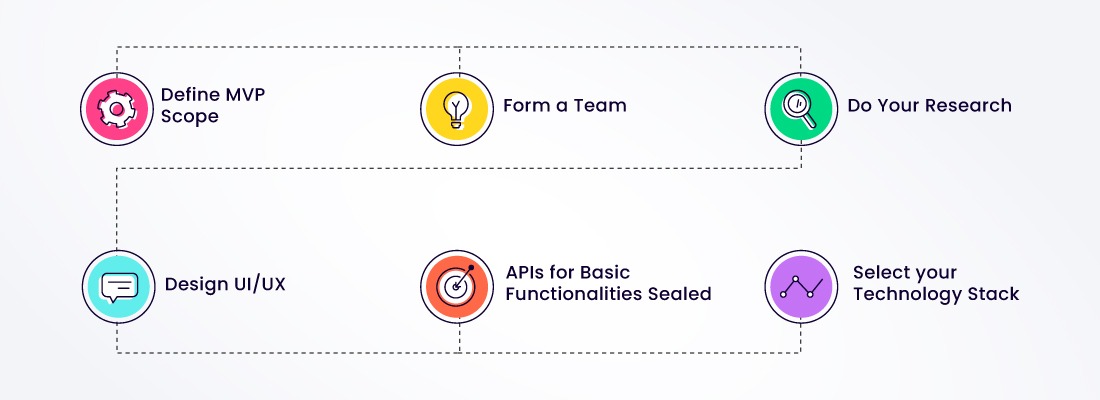It’s never too late to start considering how you may enhance your digital products, regardless of your financial firm’s stage.
Fintech application development should be your top focus for the following years, irrespective of whether you’re a brand-new, early-stage, or scale-up fintech, a more established financial technology company, coming from a conventional brick-and-mortar background, or somewhere in between.
According to the most recent data, over 73 percent of smartphone users used a fintech app to handle their money in the previous month, which is rising.
To realize the potential for your company in the subsequent years, the time has come to find the solution to the burning question, “How to design a fintech app?“
In this manual, we’ll discuss:
- The fundamentals of developing finance apps, including types, functionalities, and more.
- Step-by-step instructions for making a fintech application development include preparation and release strategy.
- What is the price of creating an app? Detailed financial analysis, financial app planning, and more.
Fintech Application Development: The Basics
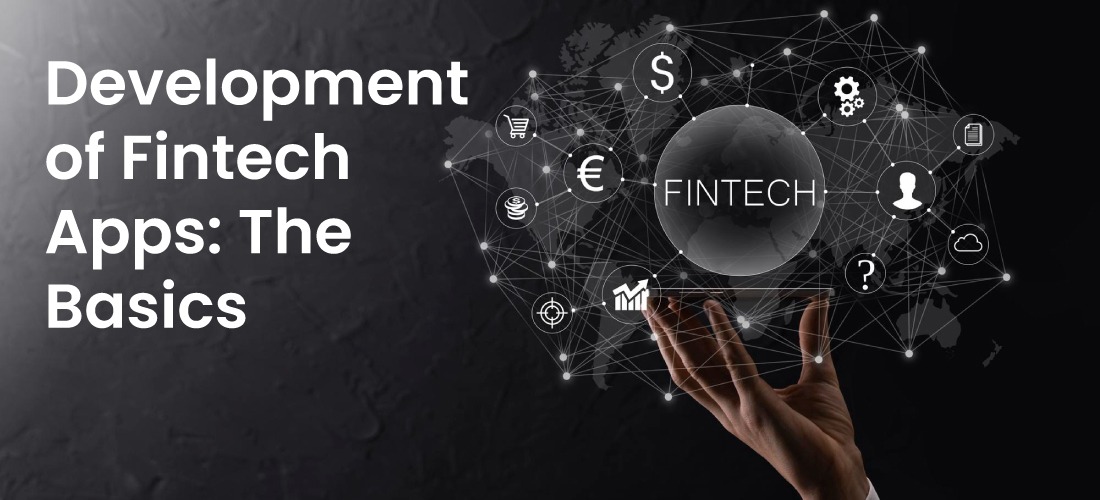
As more individuals have access to their accounts online, fintech is becoming more and more popular.
But what is fintech exactly?
The term “fintech,” which stands for “financial technology,” refers to all aspects of the financial industry, including trading, insurance, and everything in between, from NFT platforms to banking applications.
So let’s look at the fundamentals of developing a fintech app before we get into the specifics of how to do it and the procedures involved.
What kinds of fintech applications exist?
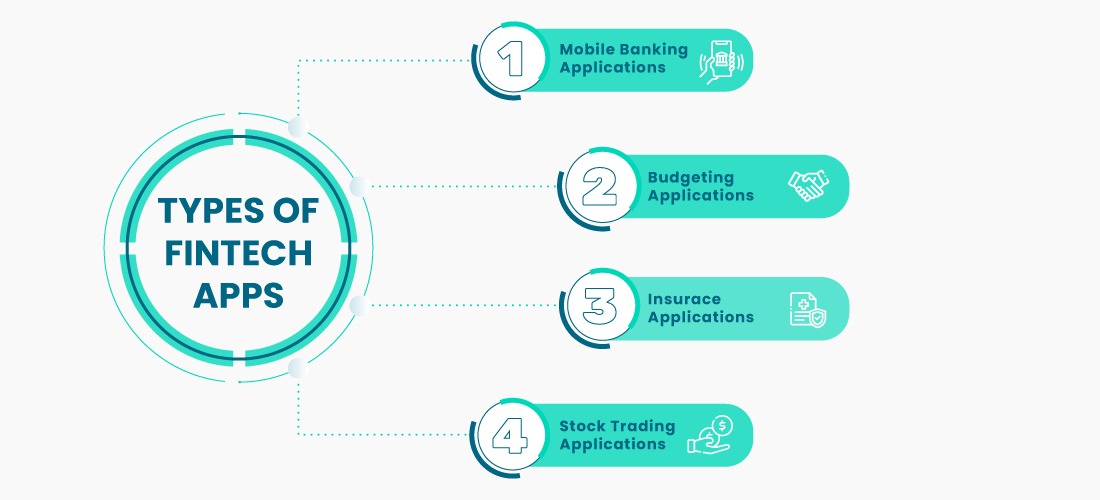
Online banking
Users may manage their accounts through digital banking applications, whether they are Neo-banks or a component of a conventional brick-and-mortar bank.
Depending on the bank’s and its client’s demands, this could include carrying out transactions, creating accounts, investing, and more.
Electronic wallets
Consider ApplePay, PayPal, and even some of the more recent cryptocurrency wallets, like Coinbase.
Your money is safe online with these digital currency holders since they store and monitor it.
Additionally, they provide a digital payment method that is more secure.
Trading, investment, and financial management
Forget about opening an account at the bank or trader’s office down the street. Now, a smartphone may be used for trading and investing.
Customer services
Customers may use these applications to access various financial services, including financing and other options.
They may also be incorporated as SDKs into other platforms, such as shops, to provide more potential.
Insurance – Fintech Application Developmentfintech
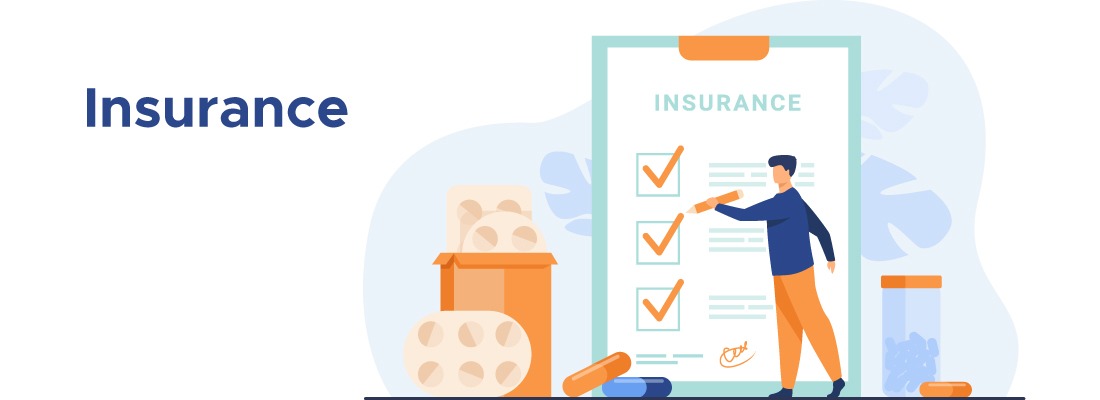
A division of fintech is insurtech.
These applications could provide substantial functionality to users directly and as part of an integrated solution.
They may display insurance policies, including CRM, and compute risk.
Regulatory
Regtech (regulatory technology) helps fintech adhere to the accounting rules they must follow.
They may support a business in tracking performance and identifying risks in certain areas.
Real estate
Real estate fintech applications reinvent and digitize the real estate experience, from finance to lending, property development to management.
What capabilities ought your app to have?
Let’s look at the characteristics that financial app development solutions should have now that we are aware of the many sorts of solutions that are accessible.
The best course of action is to choose carefully the tools your program needs since, like, with many other things in the world of technology, this list may be as long as a piece of string.
General features:
Onboarding
You will utilize this procedure, which often consists of several panels, to add users to your app.
This probably includes KYC and AML checks, as a matter of course, depending on the industry you work in.
Personal account
This is the user’s dashboard or personal account.
Thanks to it, they may access all relevant account information in one location.
It needs to be simple to use and user-friendly.
Security features
With rates of cybercrime rising yearly, digital security is a crucial issue.
Data security and encryption elements like RSA, 2FA, biometric restrictions, required password changes, etc., should be a part of your app solution.
Payment options
The more payment methods you can provide, the better your business’s success prospects.
An accessible method of payment needs to come first.
UX/UI
The days of voluminous texts and charts are long gone; today’s customers want intuitive software that meets their needs.
How Do I Build a Fintech App?
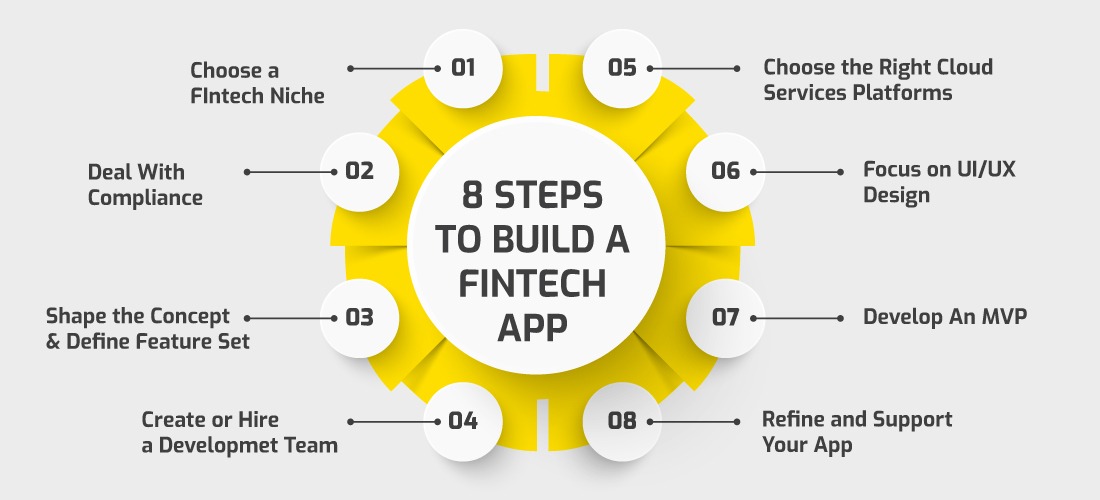
It’s time to start constructing a fintech app from scratch now that you know the many solutions available.
There are several typical phases that many firms take while examining how to create a fintech app, even if every company’s path to fintech app development is unique. Let’s look at it.
Step 1: Research
The first step is to research before establishing your financial app development strategy or team.
It’s critical to quickly figure out what your app should be, how it should appear, and what function you want it to do at this point.
Start by researching your rivals, their product offerings, and the demands of your target market.
Step 2: Assemble a team
This will depend on your ability to acquire employees internally or your preference to outsource.
When creating a financial app, there is no right or wrong decision.
Instead, decide based on your requirements, the associated cost, and the desired outcome.
You may require:
- iOS/Android programmers and QA testers
- DevOps specialists
- Web designers
- specialized in content teams, etc.
Step 3: Business analysis, technical documentation, and MVP
Your selected team will assist you in learning more about the technical details and business plan of your app solution at this point.
They’ll provide a project cost estimate, timetables, and a minimal viable product (MVP) that includes the essential functions of your software.
Before moving further with the development of your fintech app, it is a good idea to do a validity check on your view to ensure it is appropriate for the market.
Step 4: Select your APIs and technology stack
To choose whatever technology you need for your project at this point, you will depend on your team’s expertise.
Knowing the programming language you’ll use, the platforms you’ll utilize, the APIs to improve functionality, and the security features you want to employ are just a few examples.
Step 5: Create the app
Your team is well on its way to producing a helpful solution now that you are aware of the technology you will use.
It’s time to focus on the client side of the situation.
Making your app user-friendly and well-designed is difficult.
Making it appealing, functional, and simple can help ensure that your customers don’t stop using the app throughout onboarding.
Step 6: Launch of the MVP and Beta
The MVP of your first app is ready to use. Next, what?
Investigating it. You’ve completed your internal QA testing at this point, but how will a live audience respond? Launch the app for beta testing and collect user input to improve it.
Step 7: Update your app
Retract your steps and make changes in response to user input.
This will increase user satisfaction with your finance solution.
Step 8: Release
Even if your software has finally been made available to the public, your job is far from done.
Since the fintech industry moves quickly, you’ll probably need to develop and refine your solution over time.
FAQs lists
1. What is the price of developing a fintech app?
The kind of software, the functionality, the location, and the level of expertise of the developers may all affect the typical pricing.
2. What different fintech applications are there?
The FinTech sector uses various popular software types, including banking applications, lending apps, investing apps, insurance apps, consumer finance (apps for managing personal finances), and regtech apps.
Conclusion
Are you motivated to realize your financial app development goals? Great! It’s a great idea to begin going right away.
Start by following the straightforward instructions in this tutorial.
You can get in touch with one of our specialists here at Yugasa Software Labs to learn more about developing a fintech app for your company.
Contact the business development team at Yugasa Software Labs if you want a project estimate or would like to get a price for creating a lending platform.
Yugasa Software Labs can assist you in creating solutions that are both high-quality and economical from the bottom up.
Read More: TECH REVOLUTION IN FINANCE DOMAIN: A COMPLETE REPORT



